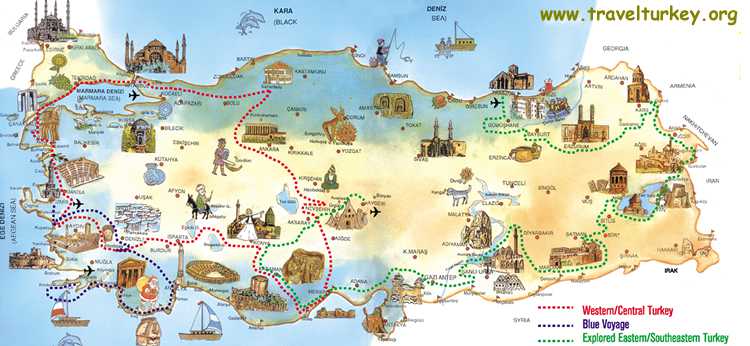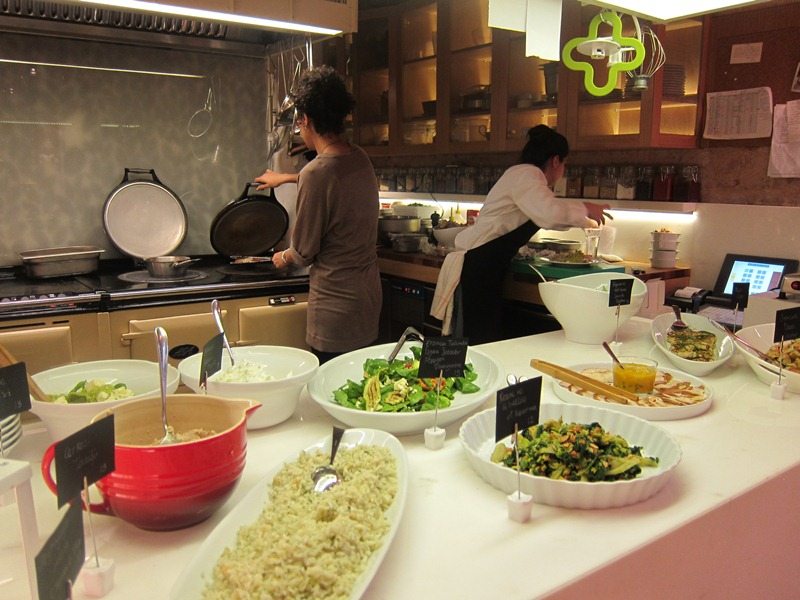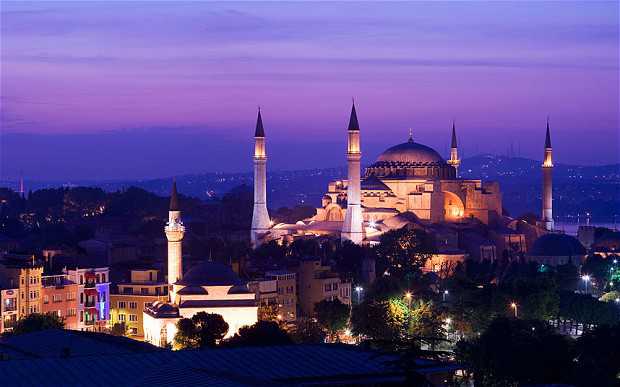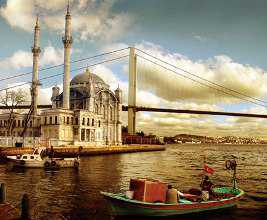Inside Istanbul’s Grand Bazaar. Photo / Simon Winter
“My friend, Kia Ora. I have a cousin living in New Zealand. Come in and have some tea. There is no pressure to buy”.
Ha, ha, ha. “No pressure to buy”. Tea and rugs… it sounds so inviting. Welcome to the carpet market at Istanbul’s Grand Bazaar.
Step inside the rug seller’s den however, and there’s a new reality. You’re no longer wandering in the carpet bazaar. You’re now in a rug shop, caged and about to be set upon in a style which, for the uninitiated, can be extremely intimidating. Make no mistake, these guys are pros – at manipulation, persuasion and doing a deal.
In many cases, they’re also son con artists. After hours reading all sorts of horrors stories on internet forums, where clueless victims vent about paying $10,000 for a $300 rug “and how can I get our money back?”, we ventured into the Grand Bazaar.
Of course there is much more there to bargain for than just carpets, so we agreed. On the first day no entering, just looking. When my extremely risk-averse partner said, “Lets go inside” to the second carpet seller that approached us ( I glanced at her in shock), I’m filled with fear, mixed with excitement of the unknown.
We’ve just stepped on the roller coaster.
So in we go… and the small talk begins. Then the designs, sizes, patterns, shapes, the education… and finally, the tea.
“Would you like some apple tea?” the man asked. Ten minutes in, like thousands before us, we’ve been sucked in, surrounded by half-a-dozen assistants and more than a dozen rugs covering the floor. In fact we’re blocked. The charm offensive is in full flow and though technically we can walk out at anytime, in reality few do. It’s impolite… and besides, the best part’s about to start!
No prices have been discussed but because we’re thrifty backpackers we choose a 1 metre by 1.5m adornment from “eastern Turkey”, painstakingly woven over many hours, with a tight thread, authenticated blah, blah, blah. It’s the smallest rug in the room. There are many disapproving looks.
We sit down. Still no price. So I ask: “What’s the price for this one?”
The response: “Here is your tea.”
Our salesman talks about New Zealand. He has a “friend” who works in a Turkish restaurant in Wellington. He used to be a rug seller. Then the details become vague.
I sip my cold apple tea. In sweltering Istanbul it tastes good. There are seven people staring at us. Still no price. So I ask again. And this time it comes. 4500 lira.
In my head, time stops. First thought: “What the ****? That’s over €2000.” To my right, where my partner sits, there is silence.
My body temperature has soared, momentary panic. The guy wants a response. Our rug budget did have a “2” in front of it. Hmmm.
I can hear another voice in my head, the one from the internet forums. “Welcome to the game, Sonny.” I offer my response: “We don’t have any jobs”.
He cuts the price in half – 2250 lira, still over €1000. He can’t go much further, he says.
I feel trapped. Our price is so low – it’s an embarrassment to offer. He wants a price. Then a squeak from my right. Is Lisa making a bid? “We don’t want to disrespect you,” she says.
“No disrespect,” the seller says. “This is business. You make me price.”
She whispers to me, “I think we should leave.”
The seller turns the heat. “You no leave, you make price. What is your price?”
Whatever happened to “no pressure to buy?” A price seems our only way out. His is 2500 lira. I make the offer: 500 lira. It’s my top (and only) price. Air in the room evaporates.
It’s clearly offensive. There’s wounded looks everywhere and we’ve wasted this poor man’s time. He’s muttering. He wanted €2000, we’ve offered barely 200.
We make to leave.
“Wait”, he says. “I go see my boss”.
More tea. Five minutes later the rug is ours – if we want it.
“Inshallah” comes the voice of this new man. “Inshallah.”
“Sometimes you must help those less well off,” he tells us. “I can see you people are good. I hope you will tell New Zealand people all about us.”
In “business”, only one thing means more to carpet sellers than their beloved rugs – cash, preferably in the hand. For every rug sold to paupers like us, half-a-dozen victims are sucked into paying way over the odds. It all evens out – in the sellers’ favour.
The boss pushes again: “We have deal, yes”?
Maybe our rug is a great bargain but it doesn’t feel right. An authentic 2000 euro rug the owner’s willing to sell for 200? Are these guys that cheeky? I just don’t believe him.
I tell the man we’ll be back but know we won’t. Was our carpet really from eastern Turkey? And should I have bargained lower – what would he have taken? The answer is, I don’t know the first thing about carpets.
The ignorance and romanticism of those venturing into the carpet bazaar allows the locals to thrive. No doubt I would have loved my Turkish rug (or Chinese rug or whatever it was), with much regaling of this story down the years.
But, in the end, I’ll probably love a fluffy imported number from Briscoes on the lounge floor just as much.
Simon Winter is a former nzherald.co.nz news editor. He and partner Lisa have been backpacking through Europe since April.
– nzherald.co.nz
By Simon Winter
via Turkey: Carpet buying at Istanbul’s Grand Bazaar – Travel – NZ Herald News.










